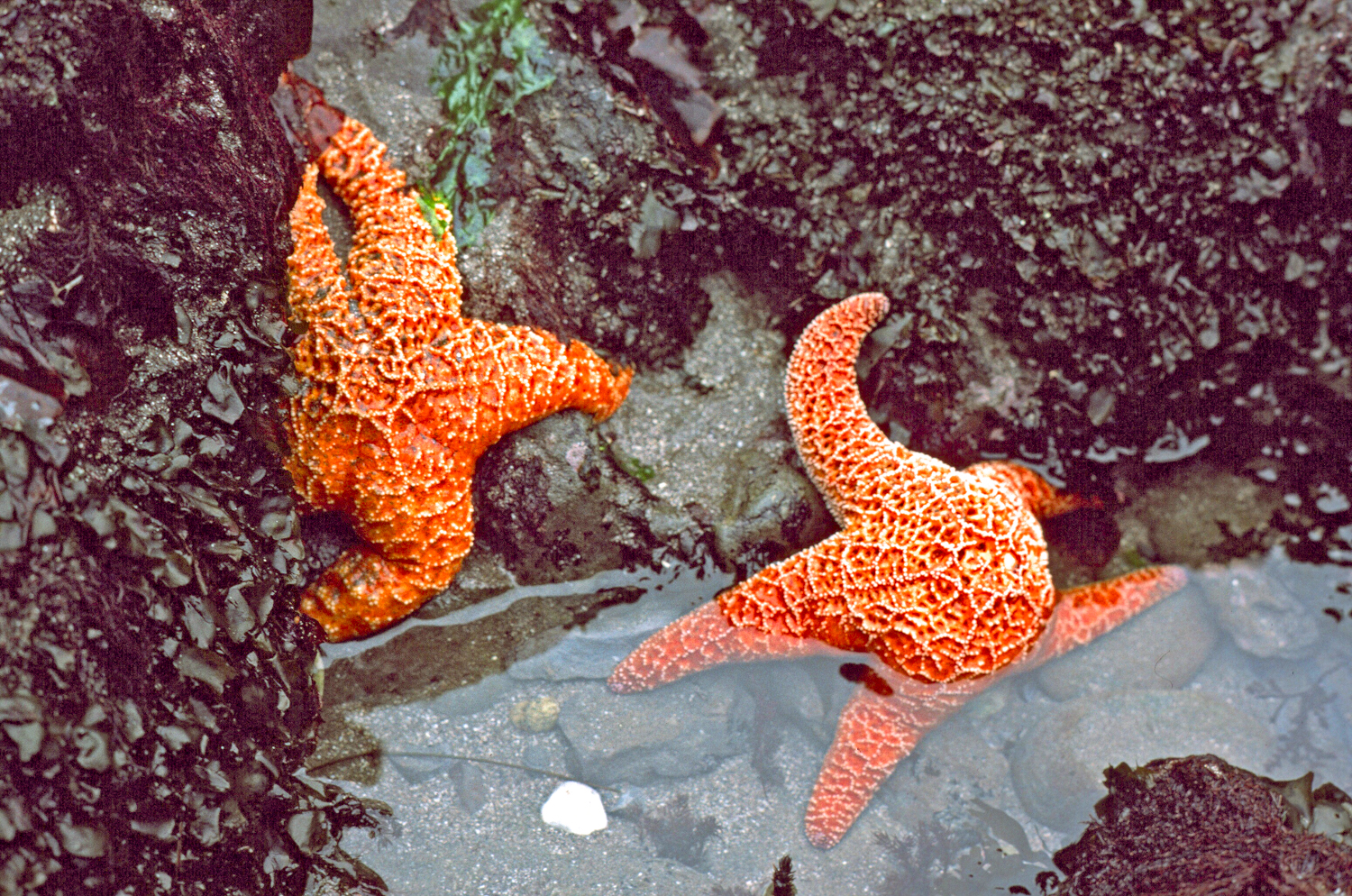Publication
Decarbonizing Natural Gas for Electricity Generation
OVERVIEW
Washington State and the Pacific Northwest face unprecedented growth in electricity demand driven by electrification of transportation and heating, plus new large loads from data centers and advanced manufacturing. Forecasters predict that the Pacific Northwest Region will need to add approximately 30 GW of new generation capacity over the next 10 years—a 53% increase from current levels of 57 GW. Simultaneously, Washington has committed to achieving net-zero greenhouse gas emissions by 2050 under the Climate Commitment Act, with interim targets requiring a 45% reduction below 1990 levels by 2030 and a 95% reduction by 2050.
The electric power grid is one of the most complex human-engineered systems. To keep the power grid running smoothly, the amount of electricity being used must always match the amount being produced. While renewable sources like solar and wind are expanding, they cannot be readily ramped up when demand peaks. Future technologies like small modular reactors and fusion won’t arrive in time to meet short-term demand growth. Natural gas, which currently provides 13% of Washington’s generation capacity, represents a proven, dispatchable energy source for rapid deployment. Deploying natural gas for increased electric capacity and grid resilience while meeting Washington’s carbon reduction policy goals will require careful analysis of economic, technical, environmental, and societal factors for each use case.
This report was prepared by a multidisciplinary team of WSAS members with relevant expertise in response to a request from the Governor’s office to understand opportunities to decarbonize the conversion of natural gas to electricity. In creating this report, WSAS anticipated questions that any party might have in designing or evaluating an energy project using natural gas in Washington. The report was completed over a period of two months to provide a timely, high-level overview of technical and practical considerations in considering options for integrating natural gas into the state’s energy mix. It is not comprehensive.
This project was funded with Washington state funding to the Academy “for core operations and to accomplish its mission of providing science in the service of Washington.”
Related Publications
February 1, 2025
July 16, 2022


